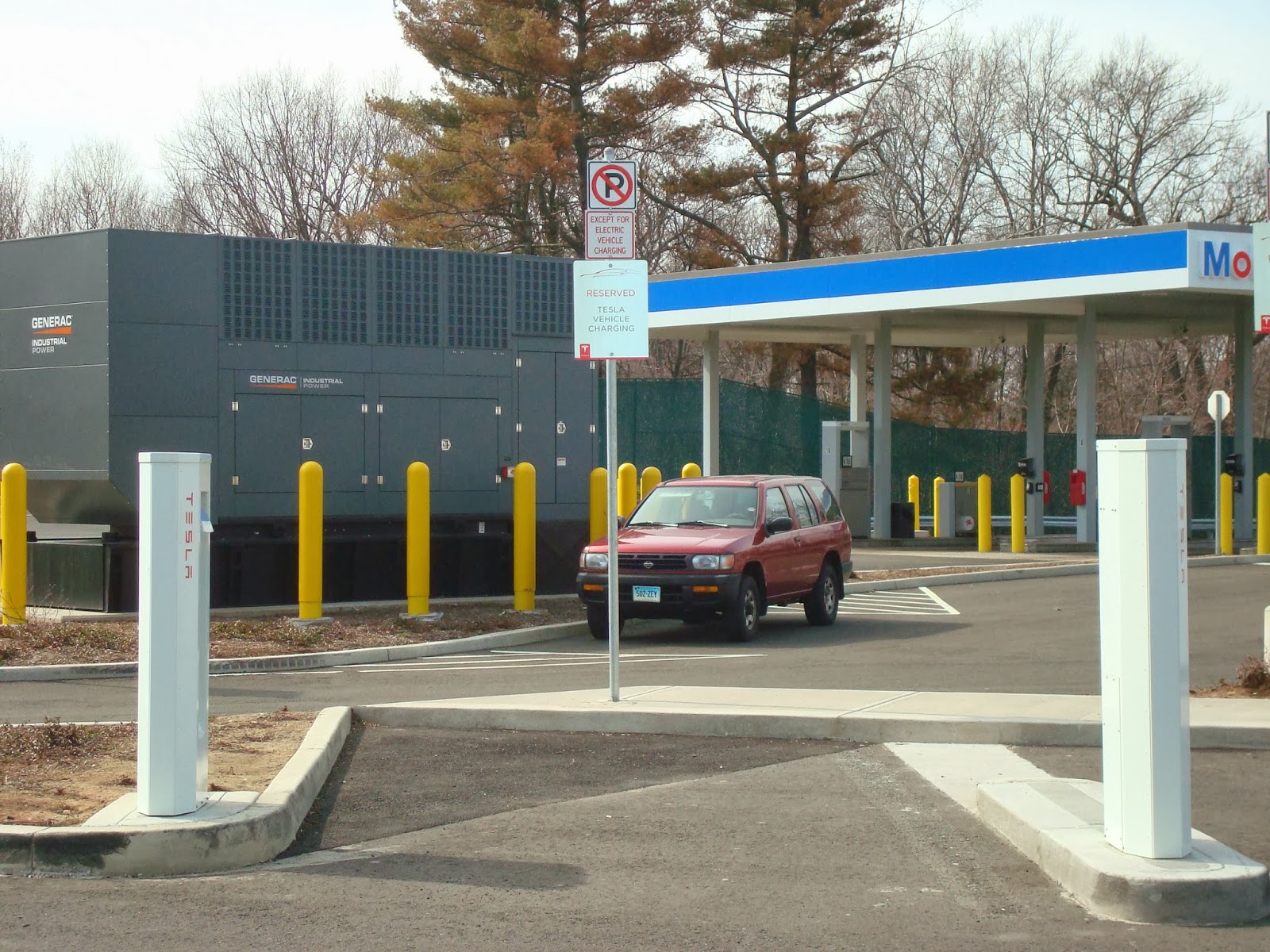Ray LaHood has recently advocated a 10-cent bump in the
federal motor fuels tax (story
here).
First reaction: Of course, blindingly obvious to most of us
in the field.
Second reaction: Send the announcement back five years in
time, when it could have done some good.
To be fair, Ray LaHood was always believed to be a closet
gas tax supporter, but the White House, besieged by other problems, chose to
punt on first down on transportation funding. (Or maybe second down, if you count the Stimulus.)
Could a significant transportation Reauthorization bill,
with real revenue, have been passed in 2009 or 2010? We will never know.
The team was in place at USDOT: LaHood with his forceful personality and
Capitol Hill savvy, backed by John Porcari and Polly Trottenberg and other “A”
players. Chairman Jim Oberstar
said he could get 40 Republican votes in the House. The economy – and especially the construction industry –
desperately needed help.
Today the “A” team is gone, Oberstar and his majority are
gone, and the number of Republicans who would vote for the gas tax is
approximately zero. And the
prevailing culture seems to accept that we are poor nation, unable to stop our
slow decline.
Imagine, if you will, where we would be now if a 10-cent
program had been enacted four or five years ago.
The nation’s infrastructure would be on its way to a state
of good repair.
The continued stimulus would have caused a faster economic
rebound.
The federal budget would be in better shape, due both to
increased revenue and economic growth.
Thousands of engineers and planners and other transportation
professionals, rather than being laid off or underemployed, would be vigorously
designing and building and learning.
The innovation of the Stimulus program would have continued
its momentum, with exciting new 21st century projects.
Without a flux capacitor at hand we will have to deal with
the present as we have it. Thanks
to Ray LaHood for speaking plainly.
We still have a future to make.




